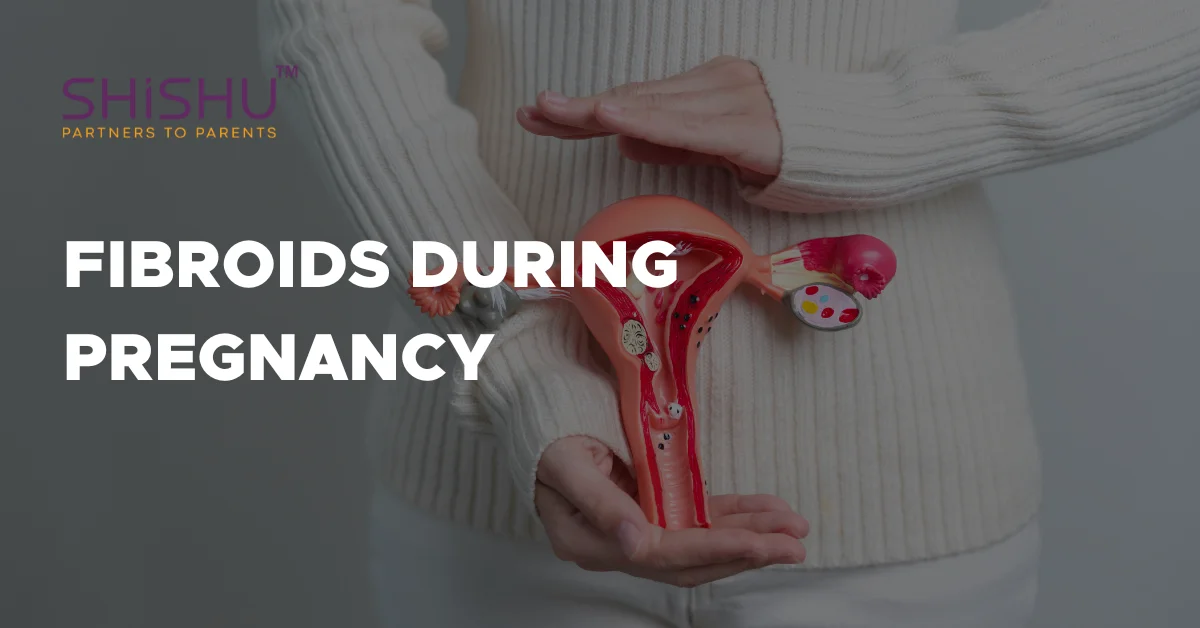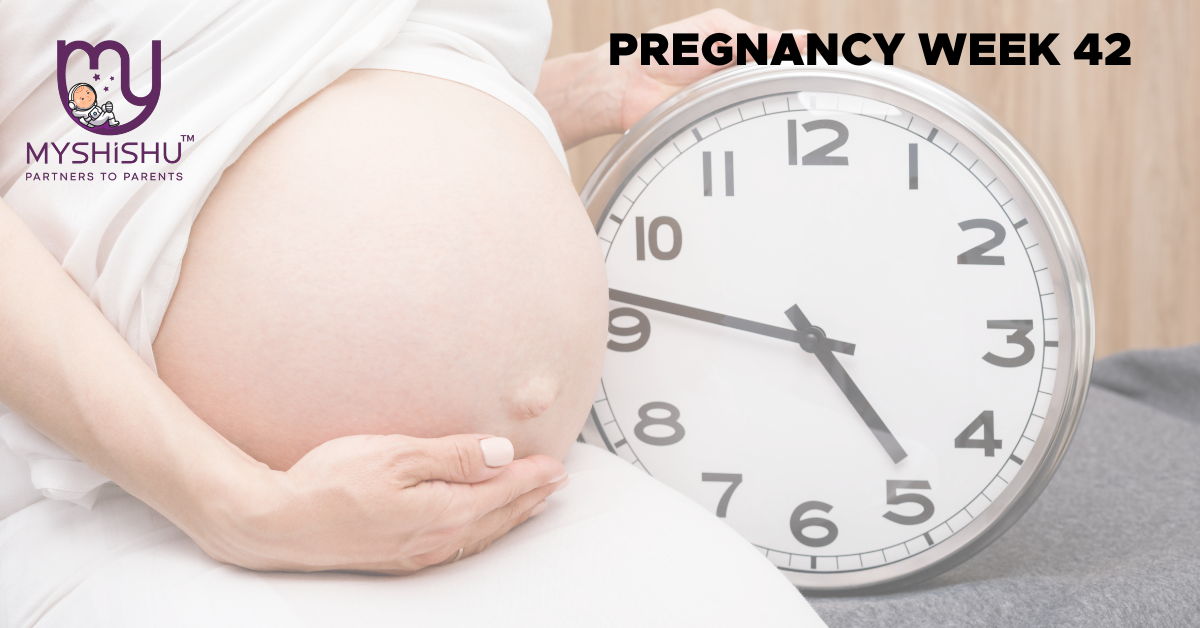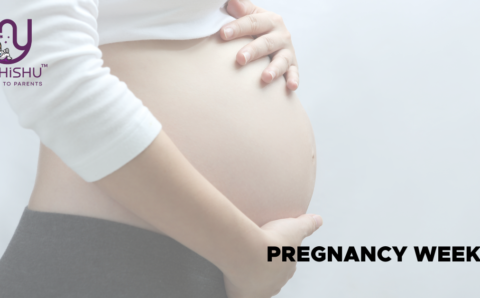Fibroids During Pregnancy
March 13, 2024 2024-05-03 15:30Fibroids During Pregnancy

Pregnancy is a time of immense joy and anticipation, but it can also come with its share of challenges, including the presence of fibroids. Fibroids, also known as uterine leiomyomas, are noncancerous growths that develop in the uterus. While fibroids are common among women of reproductive age, they can sometimes pose unique considerations and risks during pregnancy. Understanding fibroids during pregnancy is essential for expectant mothers and healthcare providers alike to ensure the health and well-being of both mother and baby. Let’s delve into the risks, symptoms, and management of fibroids during pregnancy to provide clarity and guidance for expectant mothers facing this condition.
What are Fibroids?
Fibroids are benign tumors that develop in the muscle tissue of the uterus. They vary in size, ranging from small, pea-sized growths to large, grapefruit-sized masses. Fibroids can develop anywhere in the uterus and may grow within the uterine wall (intramural), protrude into the uterine cavity (submucosal), or extend outward from the uterus (subserosal). While the exact cause of fibroids is unknown, factors such as hormonal imbalances, genetics, and ethnicity may contribute to their development.
Prevalence of Fibroids During Pregnancy
Fibroids are relatively common among women of reproductive age, with studies estimating that up to 70-80% of women may develop fibroids by the age of 50. While many women with fibroids conceive and carry pregnancies to term without complications, fibroids can sometimes impact fertility and pregnancy outcomes. The prevalence of fibroids during pregnancy varies, with some estimates suggesting that 10-30% of pregnancies may be affected by fibroids.
Risks Associated with Fibroids During Pregnancy
While most women with fibroids have uncomplicated pregnancies, fibroids can sometimes increase the risk of certain complications, including:
Miscarriage: Submucosal fibroids, which protrude into the uterine cavity, may increase the risk of miscarriage, particularly during the first trimester of pregnancy.
Preterm Birth: Fibroids, especially large or multiple fibroids, may increase the risk of preterm birth and delivery before 37 weeks of gestation. Preterm birth can lead to complications for the baby, including respiratory distress and developmental issues.
Placental Abruption: Fibroids located near the placenta may increase the risk of placental abruption, where the placenta separates from the uterine wall before delivery. Placental abruption can cause severe bleeding and pose risks to both mother and baby.
Cesarean Delivery: Fibroids that obstruct the birth canal or cause complications during labor may necessitate cesarean delivery (C-section) to ensure the safety of both mother and baby.
Symptoms of Fibroids During Pregnancy
Many women with fibroids experience no symptoms during pregnancy, while others may experience symptoms such as:
Pelvic Pain: Fibroids can cause pelvic discomfort or pain, particularly as they grow larger during pregnancy.
Pressure or Fullness: Large fibroids may cause a sensation of pressure or fullness in the pelvic area, especially during the later stages of pregnancy.
Frequent Urination: Fibroids located near the bladder may compress the bladder, leading to increased frequency of urination.
Constipation: Fibroids pressing on the rectum may cause constipation or difficulty passing stools.
Management of Fibroids During Pregnancy
The management of fibroids during pregnancy depends on several factors, including the size and location of the fibroids, the presence of symptoms, and the overall health of the mother and baby. Treatment options may include:
Regular Monitoring: Many women with fibroids require no specific treatment during pregnancy and may only require regular monitoring to assess the growth and impact of the fibroids on pregnancy.
Pain Management: Over-the-counter pain relievers such as acetaminophen (Tylenol) may help alleviate mild to moderate pelvic pain associated with fibroids during pregnancy. It’s essential to consult with a healthcare provider before taking any medication during pregnancy.
Bed Rest: In cases of severe symptoms or complications such as placental abruption, bed rest or reduced activity may be recommended to minimize the risk of further complications.
Surgical Intervention: In rare cases where fibroids cause significant complications or symptoms that cannot be managed conservatively, surgical intervention such as myomectomy (surgical removal of fibroids) may be considered. However, surgery during pregnancy carries inherent risks and is typically reserved for severe cases.
Conclusion
Fibroids are a common condition that can present unique considerations during pregnancy. While most women with fibroids have uncomplicated pregnancies, it’s essential for expectant mothers to be aware of the potential risks and symptoms associated with fibroids. By working closely with healthcare providers and following recommended guidelines for monitoring and management, expectant mothers can navigate fibroids during pregnancy with confidence and peace of mind, ensuring the health and well-being of both mother and baby.
Parenthood Just Got A Whole Lot Easier!
Ready To Transform Your Parenting Experience?
Recent News & Articles
The latest news from Myshishu








